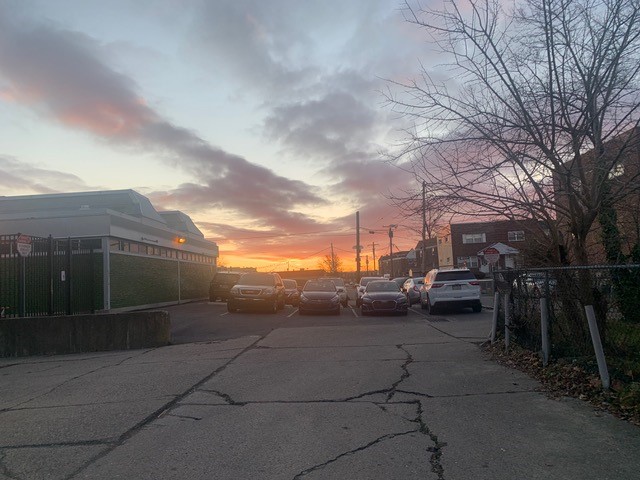Jumping Through Healthcare Hoops in Northeast Philly
In large parts of Northeast Philadelphia, there are over 3000 patients for every primary care provider. This region of the city of Philadelphia has the lowest ratio of providers that accept Medicaid, and one of the highest concentrations of patients without health insurance. Of the eight city health centers run by the Philadelphia Department of Public Health’s Ambulatory Health Services, only one is located in the Northeast. New patients face a waitlist over a year long for an appointment at Health Center 10, a “one stop shop” for primary care with services ranging from urgent care to radiology to pediatrics. For the past 9 months, I have had the opportunity to serve as a patient advocate at Health Center 10.

Advocating for patients is a fairly vague term -- after all, pretty much everyone in the healthcare field advocates for patients in one way or another. At HC10, my role largely consists of helping patients apply for Prescription Assistance Programs. These are programs offered by pharmaceutical companies that allow qualifying patients to receive specialty medications free-of-charge -- medications that would often cost a Medicare patient a $500 copay, or an uninsured patient over $1000. Over the last 9 months, I’ve had the opportunity to serve with over 180 patients. One patient’s story in particular stands out to me as reflective of the healthcare barriers that people in Northeast Philadelphia face.
On February 8th, I met “Gabriel”, a non-verbal young man who had recently immigrated to the United States from Brazil with his family. His neurologist prescribed him a nasal spray rescue medication that was too expensive for his family to purchase without insurance. By working closely with Gabriel’s sister, I was able to gather the information needed to help him apply for a program that would provide the medication free of charge. We were met with several hurdles along the way -- the program required tax information, but this family could not provide a tax return due to their citizenship status. The program requested pay stubs instead, but Gabriel’s father works for cash. Eventually, I was able to secure a bank statement from Gabriel's sister, which I annotated, blacking out their personal charges and highlighting cash deposits. Gabriel was approved for the program, but in order to ship the medication they requested an electronic prescription to an out-of-system pharmacy. The patient’s physician and I spent around a week trying to get the pharmacy added to our system to send the prescription. When we finally were able to send the prescription, the program wouldn’t ship the medication to the patient without his verbal consent. After several phone conversations with various representatives, the rescue medication was able to be shipped to our health center for one of our physicians to distribute to Gabriel on April 10th.

This experience brought a new meaning to the word “advocacy” for me. At every step of the process, Gabriel was met with another hoop to jump through. Without persistent and determined intervention from his sister, his physician, and myself, the healthcare system in place in Northeast Philadelphia would not have allowed him to get the care he needed. The challenges patients and providers face in healthcare deserts like Northeast Philadelphia can seem insurmountable; they certainly did to me when I started serving at Health Center 10. However, even the smallest success for one patient makes a difference to that patient, and through continued advocacy on the individual and societal levels, we can make a difference for many more.